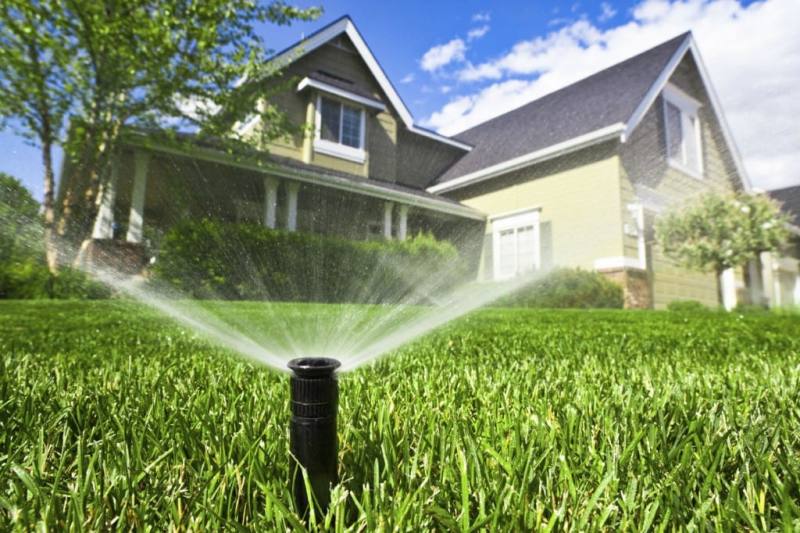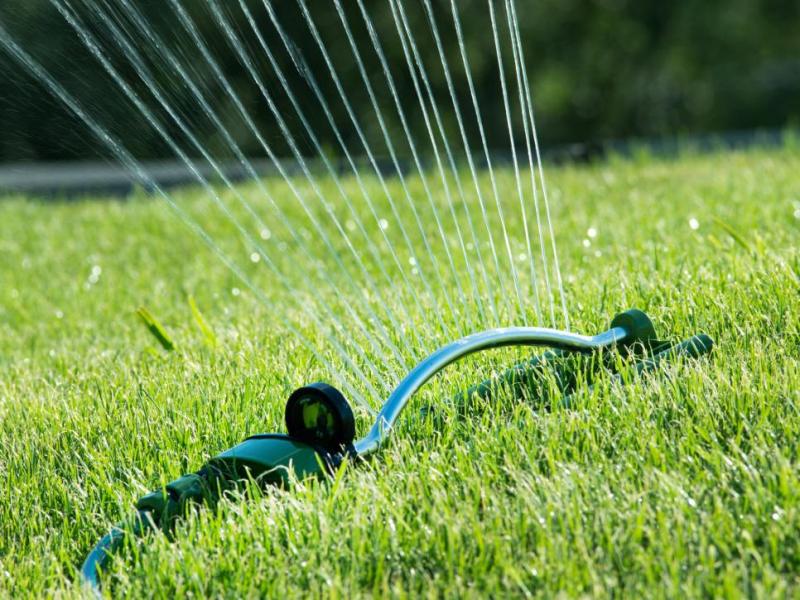If you want to keep your lawn in top-notch condition, you need to water it properly. There’s nothing too challenging about lawn watering, especially if you get the best traveling sprinkler and approach the issue with some knowledge and wisdom. Yet, we’ve got a few useful recommendations for you that can aid you in saving time and money while keeping your lawn healthy, happy, and green.
1. Water Early: The Early Bird Catches the Worm
The best time to water grass is early in the morning. Because of the cool morning air and lack of wind, you won’t have to deal with much evaporation. Also, your lawn will have some time to dry out before the sun begins beaming down.
2. Water Evenly: Full Coverage is Your Ultimate Goal

Do your best to get coverage over your entire lawn surface. Put your sprinkler possibilities to the test by positioning small containers in your yard. After watering your lawn, look at the levels in these containers. In case they turn out to be uneven, improve your watering technique and adjust your sprinkler the right way.
3. Water Thoughtfully: Slow is the New Fast
Avoid watering your lawn too much and too fast. Watering more than your lawn can absorb is not the best approach, to put it mildly. This usually wastes your water supply (and takes a toll on your wallet as well). If you have a sprinkler system, try cutting in half the time you water the grass and repeat your watering session twice. Simply put, instead of watering for half an hour, water your lawn for fifteen minutes. Then repeat the process. This wise approach gives the ground enough time to take in the water slowly and evenly, right before enjoying another watering session.
4. Water Less Frequently: Haste Makes Waste

Instead of giving your lawn a proper soak every day, water it every two or three days. This strategy works best. The thing is, if you water the ground infrequently, you will stimulate roots to grow to greater depths (searching for water), which will in turn strengthen and nourish your grass. If you are good at reading signs, you will easily see when your lawn ‘asks’ for water.
For example, if your footsteps don’t disappear immediately as you step across the lawn, the grass is underwatered. Another sign of dehydration is the bluish-green grass shade. In addition to this, you can try and insert a screwdriver into the soil. If you find the process challenging, water your lawn asap —- slowly and steadily.
5. Water Like a Pro: Individual Approach is Everything
Adjust your watering to the specific conditions. Different zones of your lawn will have different watering needs. Keeping this factor in mind when watering is paramount. For example, the zones located under the trees may need less water compared to the sun-exposed ones. Furthermore, your lawn will need more water during hot summer months, especially if you have a fescue lawn.
If you follow the above guidelines and research on the topic regularly, you will manage to achieve a perfectly healthy, drought- and disease-resistant deep grass root system. Before the season begins, don’t forget to check your sprinkler system for leaks, broken pipes, damaged or clogged heads, and other problems. In other words, get well-prepared in advance.




